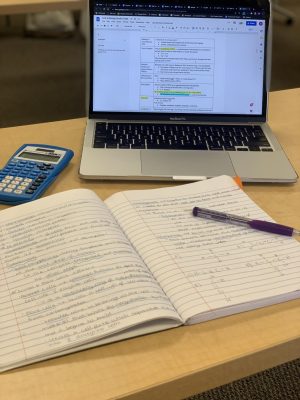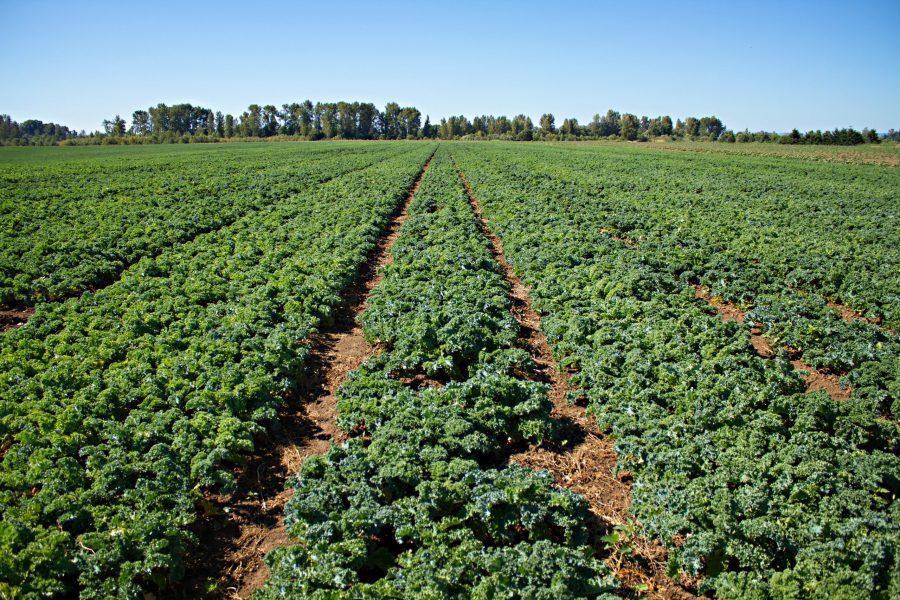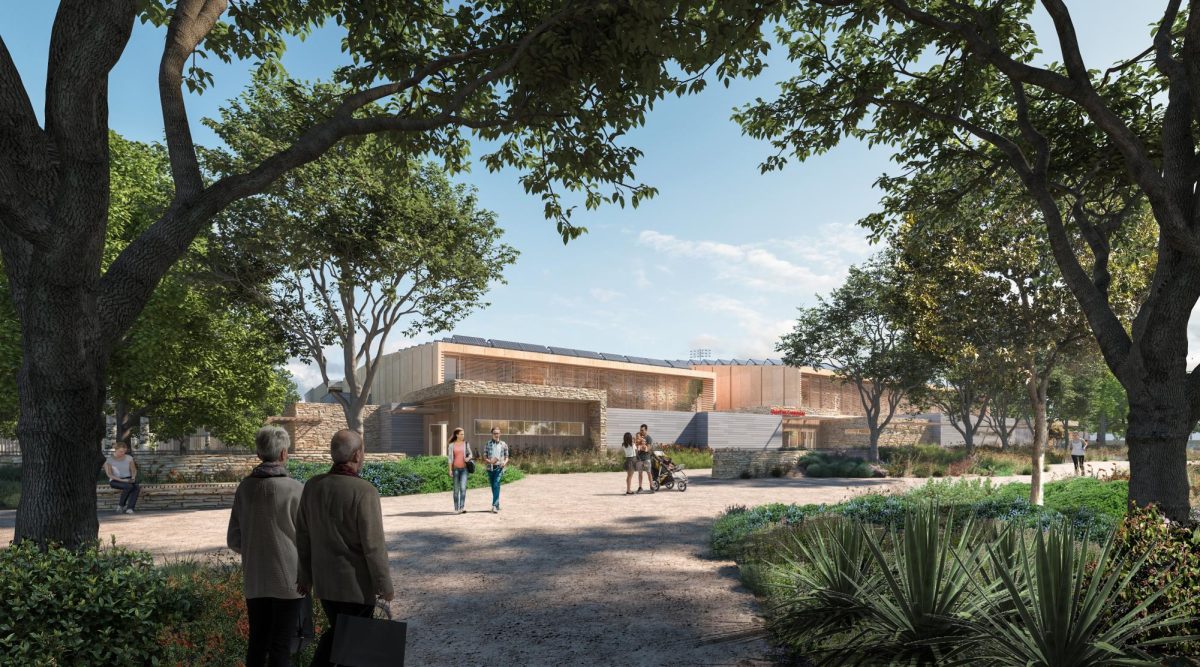The loss of much of the world’s fertile soil and biodiversity, along with the loss of indigenous seeds and knowledge, poses a mortal threat to our future survival.
According to the Climate Reality Project, at current rates of soil destruction within 50 years we will not only suffer serious damage to public health due to a qualitatively degraded food supply characterized by diminished nutrition and loss of important trace minerals, but we will no longer have enough arable topsoil to feed ourselves.
Without protecting and regenerating the soil on our 4 billion acres of cultivated farmland, 8 billion acres of pastureland, and 10 billion acres of forest land, it will be impossible to feed the world, keep global warming below two degrees celsius, or halt the loss of biodiversity.
The key to regenerative agriculture is that it not only does no harm to the land but actually improves it, using technologies that regenerate and revitalize the soil and the environment.
Kiss the Ground, a nonprofit organization devoted to sustainable farming practices that improve soil health states that “If regenerative means: ‘renewal, restoration, and growth of cells, organisms, and ecosystems,’ or ‘renewal or restoration of a body, bodily part, or biological system (as in a forest) after injury or as a normal process,’ then regenerative agriculture is agriculture that is doing just that” under their informational portal on their website.
Regenerative agriculture leads to healthy soil, capable of producing high quality, nutrient-dense food while simultaneously improving the land and ultimately leading to productive farms and healthy communities and economies.
It is dynamic and holistic, incorporating permaculture and organic farming practices, including conservation tillage, cover crops, crop rotation, composting, mobile animal shelters, and pasture cropping, to increase food production, farmers’ income and especially topsoil.
The health and vitality of soil everywhere, from the smallest backyard garden to the largest Midwestern farm, plays an integral role in food production – and it’s threatened by the climate crisis.
In addition to rising temperatures that are themselves changing where and how things can be grown, the climate crisis has fundamentally altered the water cycle around the world. The result is shifting precipitation patterns and increased evaporation that causes more-frequent powerful rainfall events and more severe droughts. In many areas, rainfall has become either increasingly abundant or in desperately short supply, relative to longtime averages. It’s a classic case of feast or famine.
Extreme downpours can lead to polluted runoff and erosion because the ground simply isn’t able to absorb the precipitation at the rate it’s falling. At a certain point of inundation, plants can drown. On the other end of the spectrum, less stable precipitation together with increased heat is causing more and more drought, even near-desertification, leading to a complete loss of farm production in some areas.
So, when it comes to agriculture, climate change is doing what it does best: exacerbating existing problems to the point of crisis. But if a farmer is using regenerative methods and not disturbing the soil, they are instead mitigating climate change effects by building organic matter. And the more organic matter you have in the soil, the more water-holding capacity you have.
Not only does adopting regenerative agriculture practices help farmers deal with current climate change impacts by making their farms more resilient and adaptive to what is happening around them now; it allows them to take action to fight it long-term by being part of a larger solution to the crisis, through carbon sequestration.
“We don’t have to wait for technological wizardry: regenerative organic agriculture can substantially mitigate climate change now,” Rodale Institute writes according to Regenerational International.
When plants photosynthesize, they take carbon dioxide from the air and – using the sun’s energy, water, and nutrients from the soil – transform it into carbon the plant uses to grow leaves, stems, and roots. The excess carbon created through this process is transported down the plant and is stored in the surrounding soil, sequestering the carbon in the ground.
This carbon in the soil is known as soil organic carbon and it feeds microbes and fungi, which in turn provide nutrients for the plant. Soil organic carbon is the main component of soil organic matter, providing more structure to the soil and allowing it to store more water. Carbon can remain stored in soils for thousands of years – or it can be quickly released back into the atmosphere through farm practices like plowing and tillage, where the soil is prepared for planting by mechanical agitation methods such as digging, stirring, and overturning.
For farmers, regenerative agriculture is thus a win-win – it’s an approach that leads to better, more resilient crops grown using sustainable methods that at the same time fight a crisis that presents a threat to all agriculture. And that’s why some of the biggest brands in the world are going all in.
General Mills, makers of some of your favorite cereals, granola bars, and other foods, is taking a multi-pronged approach to its support of regenerative agriculture. According to the Climate Reality Project, they’ve partnered with other organizations to develop resources and training to help farmers work toward the widespread adoption of soil health practices, including plans for “2 and 3-day soil health academies where farmers will receive education from leading technical experts,” and a verified regenerative sourcing program for some of its brands that will, “allow consumers to easily identify food that has been sourced from farms verified to increase water, soil, and climate health,” says General Mills.
With the current wildfires spreading throughout California and other places, more and more farmers are continuing to lose their farms and jobs; however, regenerative agriculture has saved one farm in Northern California. When fires approached the farm, they burned everywhere around the farm because the soil was so rich and nutrient filled.
A global shift to regenerative farming will decrease greenhouse gas emissions: According to Regeneration International, the current industrial food system is responsible for 44 to 57% of all global greenhouse gas emissions.
Regenerative farming could also improve nutrition: Nutritionists now increasingly insist on the need for more diverse agroecosystems, in order to ensure a more diversified nutrient output of the farming systems.
Most importantly, regenerative farming could reverse climate change: Reducing GHG emissions alone is simply inadequate. Luckily, science says that we can actually reverse climate change by increasing soil carbon stocks through regenerative farming.











